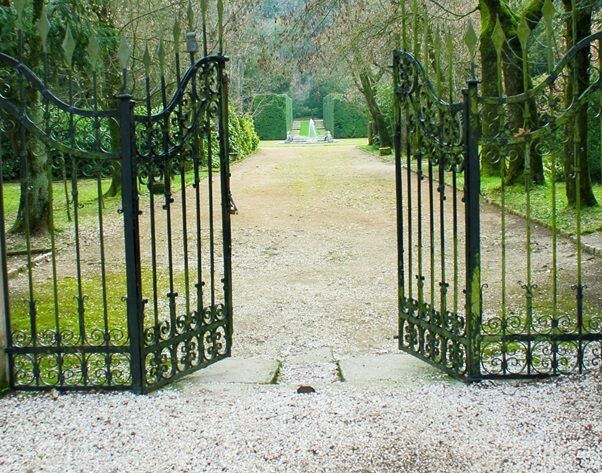The best gardens are designed to make aftercare as easy as possible. It can be incredibly frustrating if you have some parts of the garden that are inaccessible, that look disorganised or that die due to factors like being in the shade throughout the year. The good news is that it is relatively easy to factor in aftercare when designing a garden.
Give It Structure
The first thing you need to do is think about the structure the garden will take when the plants start growing. Without such structure, the plants will be all over the place and the garden will end up looking terrible. The right edging can help you give your garden its shape and help maintain it by keeping everything where it is supposed to be.
The type of edging you choose will depend on several factors, including the weight of the plants as well as the appearance. Because you will be investing time and money into creating the perfect garden, you need to choose the right garden edging for you and your home. There are several options to pick from, but metal, wood, stone, and brick are better options compared to plastic edging which generally does not last long enough.
Think About Access
A common mistake many people make is having the garden go right up to their hedge or fence. A dense border that sits tight against a hedge means that the garden will be damaged when trimming the hedges if there is no other way to access it. Having access also applies to machinery and equipment. There is no need to install a beautiful hedge if you have nowhere to place a ladder when you want to trim it. This also applies to machinery that you need to scarify and spike the garden.
It is also important that your equipment has enough space to turn completely. A good rule is to ensure the garden is not planted in areas with lots of shade or within the dripline of trees. If this happens, that means the garden is too close and some areas will be left unattended. There is also the risk of bare patches as trees often affect everything that grows around them.
Consider Paving
Many gardeners prefer to spend their time tending to their gardens instead of dealing with dirty paving. Although some types of stone can look great in warm or hot months, they can become problematic in wet conditions. This is mainly due to their porosity.
Algae and moss can grow relatively fast, so your paving will require some maintenance. Think of the access they give you to the garden, especially in less-than-ideal weather. Access like this is critical for providing care to your garden, so you might want to think of paving material that does not present these problems.
The best gardeners know that they will have to care for their gardens by performing routine maintenance. Factoring in how you will access all parts of the garden while also ensuring it thrives is critical from the beginning.




